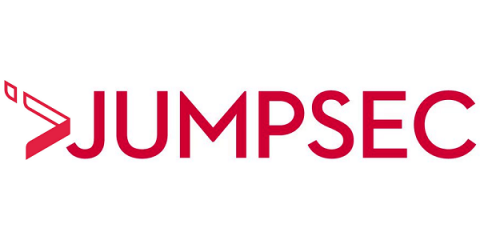Security | Threat Detection | Cyberattacks | DevSecOps | Compliance
JUMPSEC
The under-appreciated value of Purple Teaming
Having recently finished an extensive and eye-opening purple team engagement, I took some time to reflect on the sheer amount of ground that we had covered in just 6 short weeks.
Ransomware trends: the European transport sector
As Aviation, Maritime, Rail and Road transport organisations are reportedly experiencing increased levels of ransomware activity across Europe as per ENISA’s recent report, JUMPSEC analysts have combined the findings with JUMPSEC’s attacker reported data scraped from a variety of sources (including the dark web) providing further context to the risks currently posed to European transport organisations.
Microsoft Direct Send - Phishing Abuse Primitive
This vector abuses Microsoft Direct Send service in order to propagate phishing emails from an external sender to an internal user, whilst spoofing the properties of a valid internal user. This “feature” has existed since before 2016. However, threat intelligence available to JUMPSEC has only observed it being abused recently.
Revisiting the Detection and Response Gap
Matt Lawrence, Head of Defensive Security, and Dan Green, Head of Solutions, write about why compromise is inevitable – and the practical steps that organisations can take to build a security operating model capable of weathering the storm of cyber threats today.
Overcoming the Cyber Detection and Response Gap
Matt Lawrence, Head of Defensive Security, and Dan Green, Head of Solutions, write about why compromise is inevitable – and the practical steps that organisations can take to build a security operating model capable of weathering the storm of cyber threats today.
The evolution of cyber insurance
To cope with increasingly costly pay-outs, providers are redefining the terms of cyber insurance to reduce their exposure. The implications could spell myriad changes for the cyber security industry. Whatever the outcome, it’s time for organisations to re-evaluate whether their policy will cover them against the attacks they are most susceptible to.
2023 Cyber Security Predictions
In a key bulletin published in August 2022, Tony Chaudhry, the Underwriting Director of Lloyds, addressed the risk posed by cyber security threats to the insurance industry, stating that “losses have the potential to greatly exceed what the insurance market is able to absorb”.
JUMPSEC works on a prototype lightweight anomaly detection system
NCSC Annual Review 2022
After reviewing the NCSC Annual Review for 2022, we discuss our 5 key takeaways and give our thoughts on the topic.





